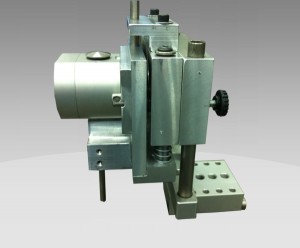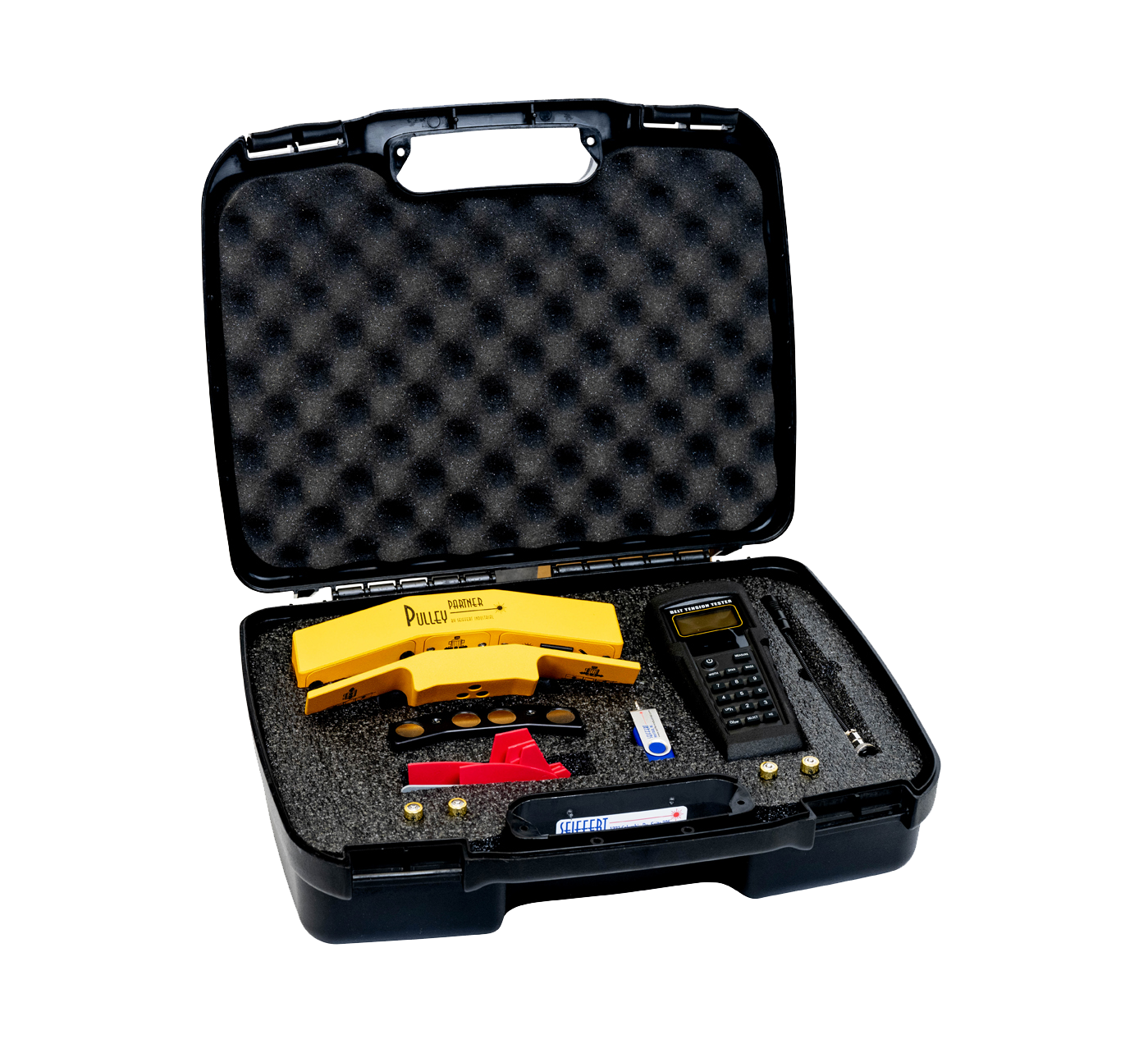In the world of shaft alignment and precision alignment, there is also something known as a shaft alignment tolerance.
 That is the minimal allowed amount of misalignment.
That is the minimal allowed amount of misalignment.
This is because in a world where alignment is important, it is only crucial so long as it is close in alignment.
It all has to do with the simple design of infinites in math.
We can continue to make precision alignment tools that are better and better at alignment, but they will never always be able to get a perfect alignment every time, that is the minimal allowed misalignment when making laser alignments and other devices.
The numbers are generally less than millimeters, but are still nonetheless not perfectly aligned.
And the more we try to make the precision perfect the more energy and resources it requires and the less progress we actually make.
The amount of energy and time to create a precision tool that gives you a 1mm inaccuracy rate is significantly less than the energy and time spent to get a .5mm inaccuracy rate, and it only increases exponentially the smaller you make the inaccuracy rate.
This is why you never see precision devices stating that they can get a perfect accuracy on what you need to align.
They always mention this allowed misalignment amount because there will always be one.
You can certainly get rather close to zero when it comes to alignment these days with laser tools, but it never will be zero and often times getting close to zero just isn’t worth the time invested. It’s a waste since most technology is built with marginal misalignment in mind.
As long as you are getting your technology aligned regularly and aligned properly, you shouldn’t worry about whether the alignment is a degree off or half a degree off from zero.

